Species Profile: Whale Shark
The whale shark is the largest fish in the sea, and is thought to have evolved around 200 million years ago. Some of their closest relatives include Nurse sharks and Zebra sharks. However, they are the only species in their family (Rhincodontidae). Their distinct appearance includes a broad flat head and large mouth with up to 350 rows of tiny teeth, a grey body, and white belly. Despite having been around for that long, their life history is not yet well understood partly because it’s a rare and migratory species.
1. Scientific Name
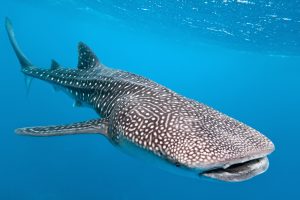
Rhincodon typus
2. Scientific Classification
- Kingdom: Animalia
- Phylum: Chordata
- Class: Chondrichthyes
- Order: Orectolobiformes
- Family: Rhincodontidae
- Genus: Rhincondon
- Species: Rhincodon typus
3. Life Expectancy
Its lifespan is estimated to be 70 to 100 years.
4. Average/Maximum Length
The whale shark holds many records for its sheer size in the animal kingdom, most notably being by far the largest living non-mammalian vertebrate.
The biggest adult studied was 41.5 feet (12.65 metres). There have been reports of seeing whale sharks measuring up to 46 feet (14 metres). The smallest free-living individuals are from 55 centimetres (0.55metres).
5. Average/Maximum Weight
The average size of an adult whale shark is almost 9 tons (19, 800 lbs.). The largest confirmed individual weighed 21. 5 tons (47,000 lbs.) with several unconfirmed claims of individual whale sharks weighing up to 30 tons (66,000 lbs.).
6. Maximum Swimming Speed
Whale sharks aren’t fast swimmers; they only reach a top speed of 5kmph (3 miles/h). Unlike other sharks, they swim by moving their bodies from side to side.
7. Danger To Humans
Whale sharks are relatively docile fish and don’t pose a significant threat to humans. Although the practice is discouraged, whale sharks do sometimes allows divers to catch a ride or swim alongside them. The young ones are gentler and are occasionally seen playing with divers both in the wild and in captivity.
Whale sharks have been spotted swimming with divers in many places including the Philippines, the Red Sea, Bay Islands in Honduras, Western Australia, Thailand, Taiwan, Saint Helena, Panama, India, Oman, Fujairah and so on. A few cases of whale sharks butting sport fishing boats have been reported, but often after being provoked. The whale sharks are more at risk from humans as they are often knocked accidentally by moving vessels while feeding or basking on the surface.
8. Reproduction Details
The mode of reproduction and development was not well understood until 1995 when a female whale shark was captured in Taiwan. The shark had 300 fetal specimens in its two uteri, proving that the whale shark had an ovoviviparous mode of reproduction (eggs hatch in the mother’s uteri, giving birth to live young).
Evidence suggest that the pups are not born all at once. The female reserves some sperm from one mating session which they use to produce other pups over a long period. Their young attain sexual maturity at about 30 years when they grow to approximately 29.5 feet (9 metres) in length.
9. Diet
The whale shark is a filter-feeder, feeding on planktons such as krill, fish eggs, copepods, squid, small fish, and so on. The vestigial teeth do not play any active role in the feeding. Feeding mainly occurs through filtration, in which the fish either actively sucks in large volumes of water, or simply opens its mouth and swims forward, swallowing and expelling water through the gills. In both cases, the food is separated from water by use of filter pads.
10. Alternative Names For The Whale Shark
Rhincodon typus
11. Population And Conservation Status
Whale sharks populate all tropical sea waters, mainly preferring warm waters. The population of whale sharks have recently reduced as a result of fisheries, vessel strike, and bycatch losses, in addition to late maturation. The global population of whale sharks is not known but is between 119,000 and 238,000.
The whale shark is also added to the International Trade in Endangered Species of Wild Fauna and Flora in 2003 Index. This body advocates for regulation on international trade of its parts or live specimens of this fish. The species has also been listed in many other conservation conventions including the United Nations Convention on the Law of the Sea and FAO Code of Conduct for Responsible Fisheries. Also, the Convention for the Conservation of Migratory Species of Wild Animals, and so on. Philippines, Taiwan, and India have all banned fishing, importing, selling and exporting of whale sharks for commercial purposes.
12. Ancestry And History
The ancestry of whale sharks goes back to Cretaceous and Jurassic periods 245-65 million years ago. It’s believed that this was when the present species of sharks started to appear. The first whale shark specimen was discovered by Dr. Andrew Smith in 1828 off the coast of South Africa. He later described it as the largest shark in the ocean.
Whale sharks are undoubtedly some of the oldest creatures on earth but there’s very little fossil evidence about them as these animals are rare. Additionally, sharks bodies are mostly comprised of cartilage, which tends to disintegrate too fast to be fossilized. Before the 1980’s, only 350 cases of confirmed whale sharks were available worldwide. Today, consistent sightings have been reported in Australia and many other parts of the world.
13. Distribution And Habitat
The whale shark is nomadic and is widely distributed globally, occurring in all warm and tropical temperatures. The fish prefers open sea although it occasionally dives to deeper ocean depths of up to 1,800 meters. They occur throughout the Atlantic Ocean from Brazil though New York and from the Gulf of Guinea to Senegal. They are also abundant in the Indian and Pacific Ocean.
This is a highly migratory species, moving about in search of food and breeding sites. Seasonal migrations have been associated with changes in temperature. Whale sharks are generally encountered singly though loose aggregations of about 100 sharks have been sighted.
References
1. http://animals.nationalgeographic.com/animals/fish/whale-shark/
2. https://www.flmnh.ufl.edu/fish/discover/species-profiles/rhincodon-typus
3.http://gcrl.usm.edu/whaleshark/life_history.php
4. http://www.environment.gov.au/cgi-bin/sprat/public/publicspecies.pl?taxon_id=66680
5. http://www.iucnredlist.org/details/19488/0
6. https://en.wikipedia.org/wiki/Whale_shark

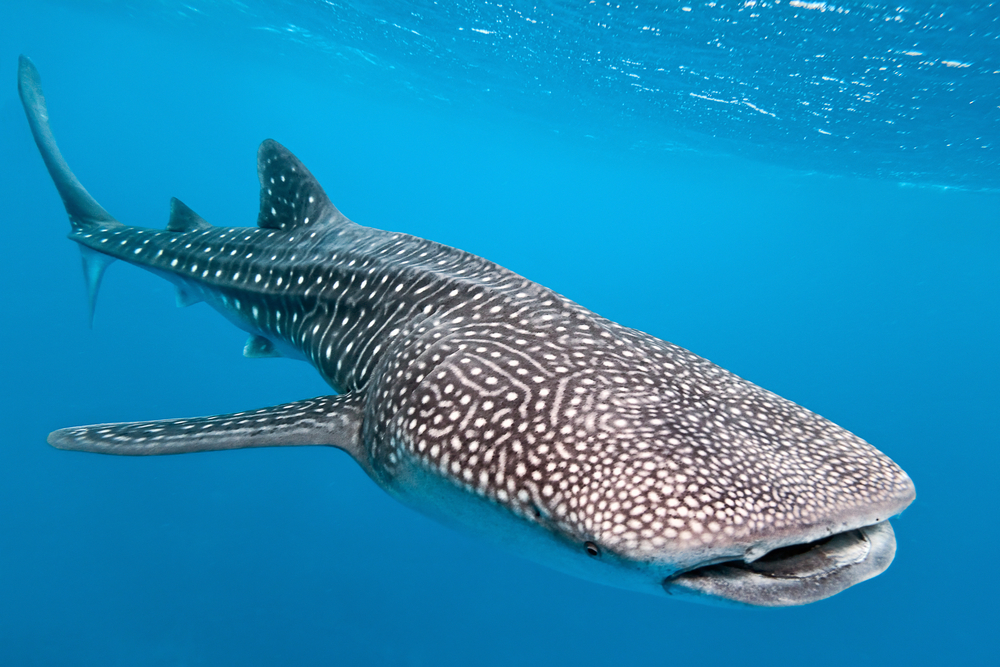
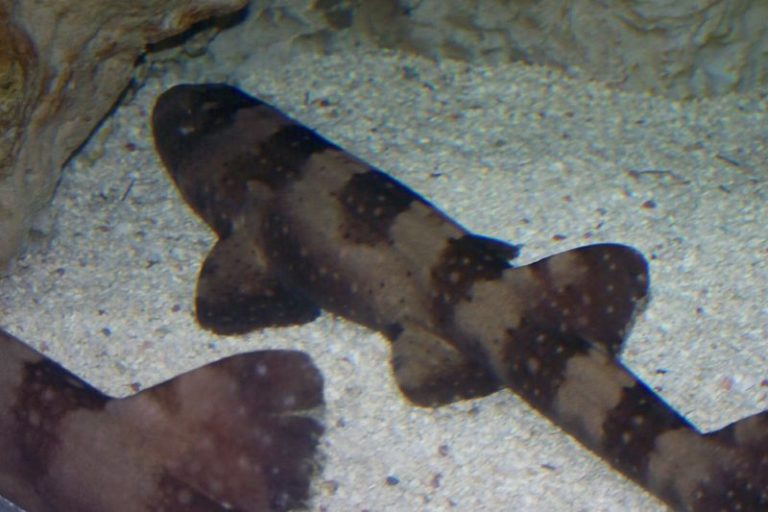
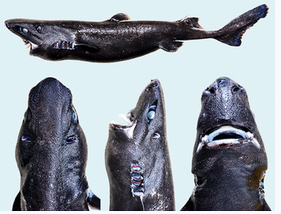

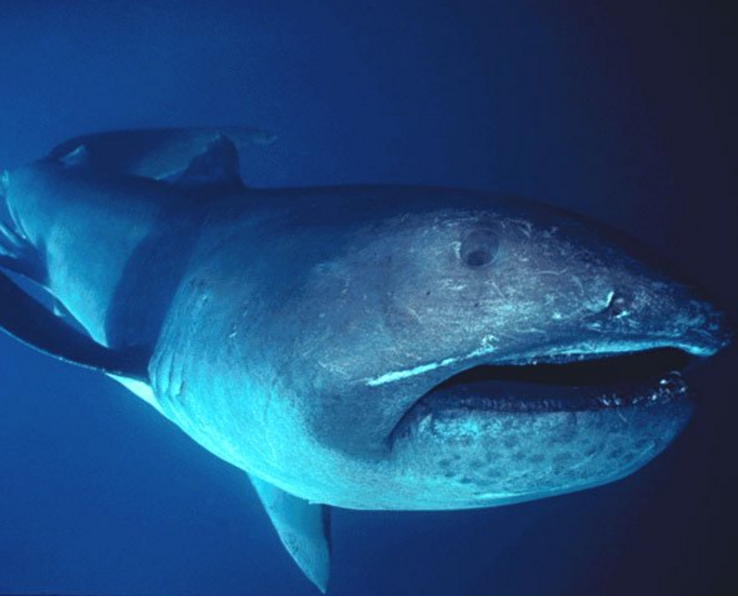
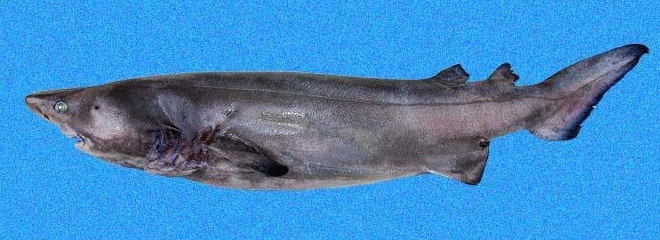
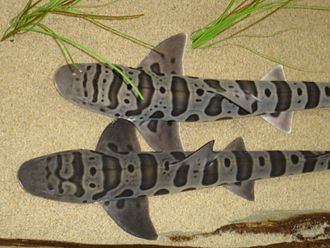
I enjoyed learning the interesting facts. Thank you!